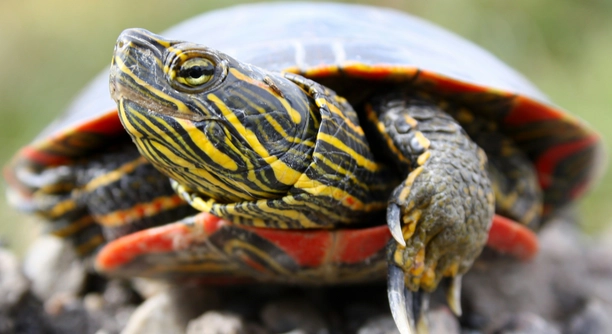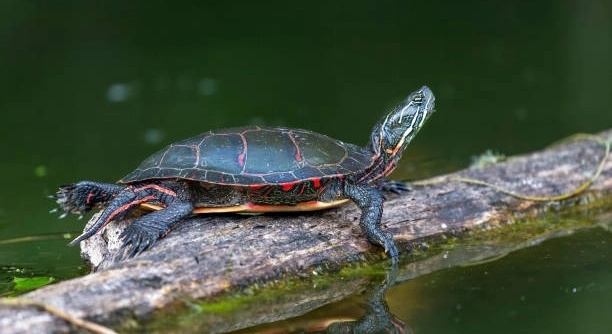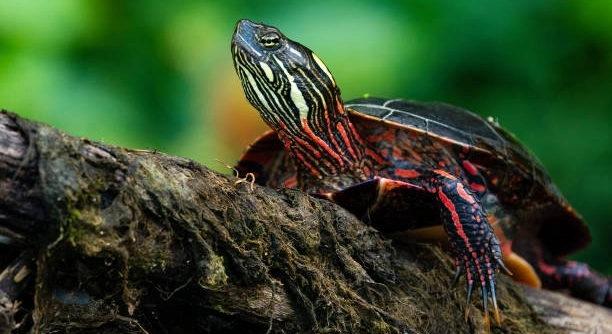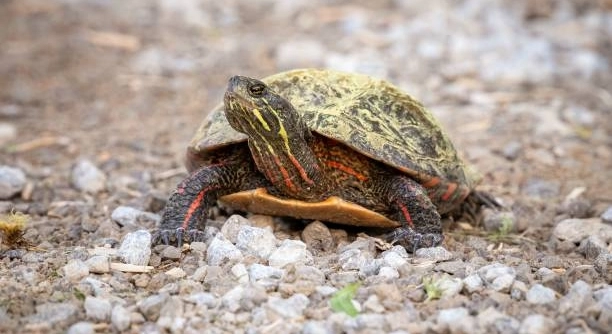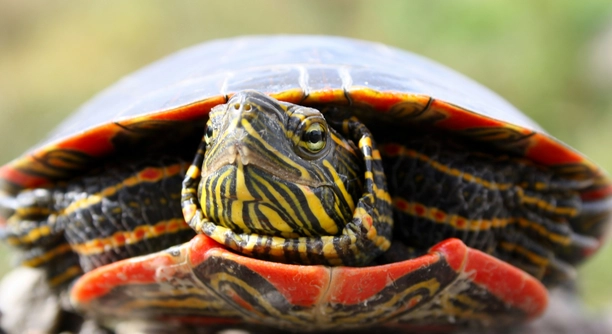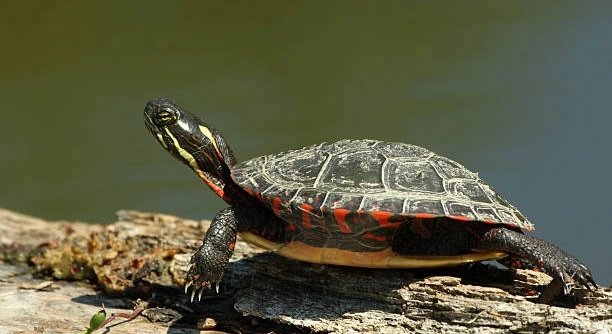Why Is My Painted Turtle Breathing Through Its Mouth?
Do you ever find yourself wondering why your painted turtle is breathing through its mouth instead of its nose? Mouth breathing in painted turtles can be caused by various factors, including stress, poor water quality, respiratory infections, or environmental changes. It is important to address these issues promptly to ensure your turtle’s health and well-being. … Read more

